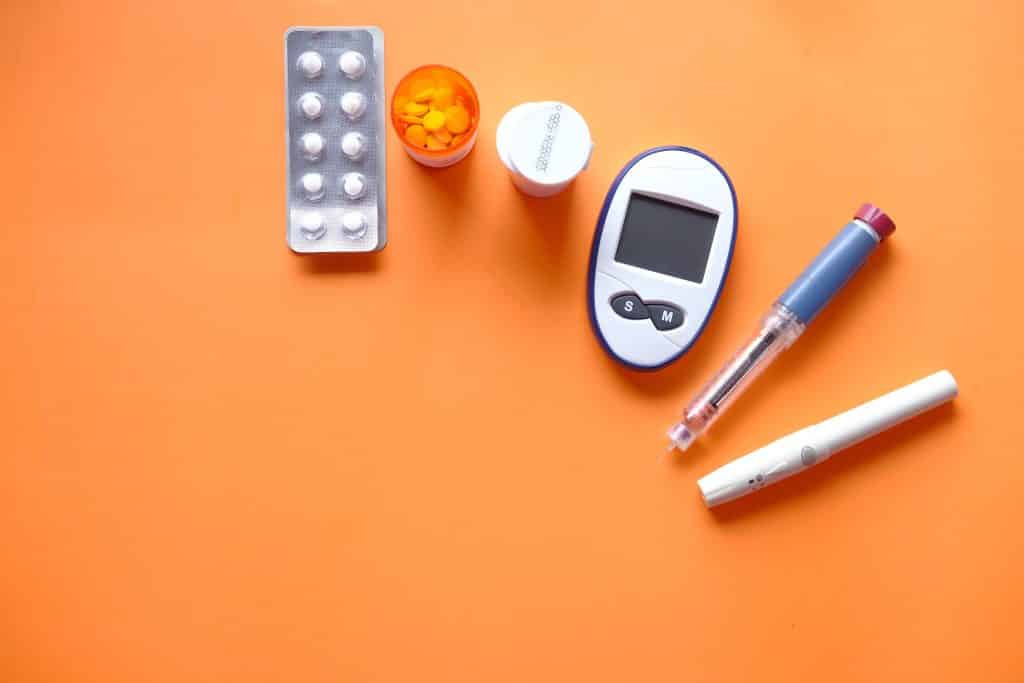As the calendars turn towards a new year, more women are looking for ways to improve their health. That means taking precautions and knowing their bodies for signs and symptoms. Continue reading to discover some of the more common health issues affecting women today.
1. Maternal Health Issues
Maternal health issues involve a woman’s health before, during, and after pregnancy. Although most pregnancies proceed without complications or issues, maternal health is a huge concern for women. However, our society deals with a high number of maternal morbidity. That is also why optimal health before conception is essential to avoid some pregnancy risks.
Diabetes and high blood pressure are not uncommon issues for pregnant women. However, those can lead to cardiac arrest and neurological problems. That is why doctors suggest that women take every preventive measure possible to avoid those conditions. That often includes exercise and a nutritious diet.
The leading causes of morbidity are bleeding, infection, unsafe abortion, high blood pressure, or obstructed labor during childbirth. Ensuring smooth and uncomplicated delivery means a high degree of communication between the doctor and patient.

2. Urinary Tract Infection
Although men can get urinary tract infections, UTIs are more common in women. They happen in the urethra or bladder and cause pain in the pelvic area, causing an increased need to urinate, and they cause pain when a woman urinates. When left untreated, urinary tract infections can lead to kidney infections that cause back pain, nausea, vomiting, and a fever.
Some of the reasons UTIs are more common for women include:
● Sexual activity
● Female anatomy
● Pregnancy
● More sensitive skin
Some tips for women to help avoid UTIs are:
● Wipe front to back
● Drink water often
● Empty your bladder as needed
● Avoid douching

3. Uterine Fibroids – Benign Uterine Tumors
Uterine Fibroids are a common non-cancerous tumor and exclusive to women. They are muscles or connective tissue that can grow inside and outside the uterus. Uterine Fibroids are often discovered during a woman’s childbearing years. However, in addition to pain, women have heavy menstrual cycles or pain during sex, leading to an earlier diagnosis.
There are several treatment options for a woman with uterine fibroids. They include:
● Hysterectomy
● Hormonal treatment
● Surgical removal
● Myomectomy
However, according to Vascular Interventional Physicians specializing in uterine fibroid treatment in Memphis TN, “Uterine Fibroid Embolization (UFE) is a new, minimally invasive procedure that helps shrink uterine fibroids without surgery.” Uterine Fibroid Embolization is a less invasive procedure than a hysterectomy, making it a more appealing alternative.

4. Heart Disease
As the name implies, heart disease affects the heart and the blood vessels. Some factors that may cause heart disease are smoking, high blood pressure, narrow or blocked arteries, lack of exercise, and obesity. Although heart disease affects men earlier in age than women, it affects women more than men.
Heart disease is a broad category, it includes heart attacks and coronary artery disease. It affects roughly one in 16 women over 20 and is the leading cause of death. Risk factors for heart disease include elevated blood pressure, high cholesterol, smoking, diabetes, poor diet, physical inactivity, and more.
Some ways to lower your risk of heart disease are:
● Limit stress
● Know your blood pressure
● Quit smoking
● Control diabetes
● Make healthy food choices
● Limit alcohol

5. Diabetes
Diabetes is a chronic health condition when the sugar (blood glucose) is too high. Glucose is our main source of energy and comes from our foods. When your body doesn’t process the glucose properly, it stays in your body, causing diabetes.
There are several types of diabetes, including:
● Gestational diabetes
● Type 1 diabetes
● Type 2 diabetes
Diabetes can lead to several problems including, dental, nerve damage, eye problems, heart disease, and foot problems. Although both men and women get diabetes, it affects women differently. As the carrier of children, it is more dangerous for women since they can pass it on to their children.
Some ways to avoid diabetes are:
● Cut sugar and refined carbs
● Workout and exercise
● Drink water
● Quit smoking
● Avoid a sedentary lifestyle

Conclusion
As you have read, several health issues affect women more than men. Taking control of your health begins with making sure that you get examined. The five issues listed above are the best places to start to take control of your health.


